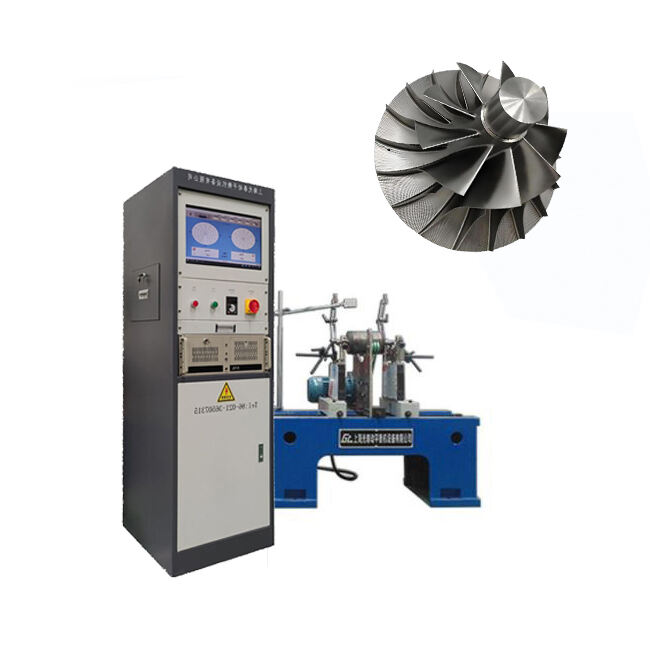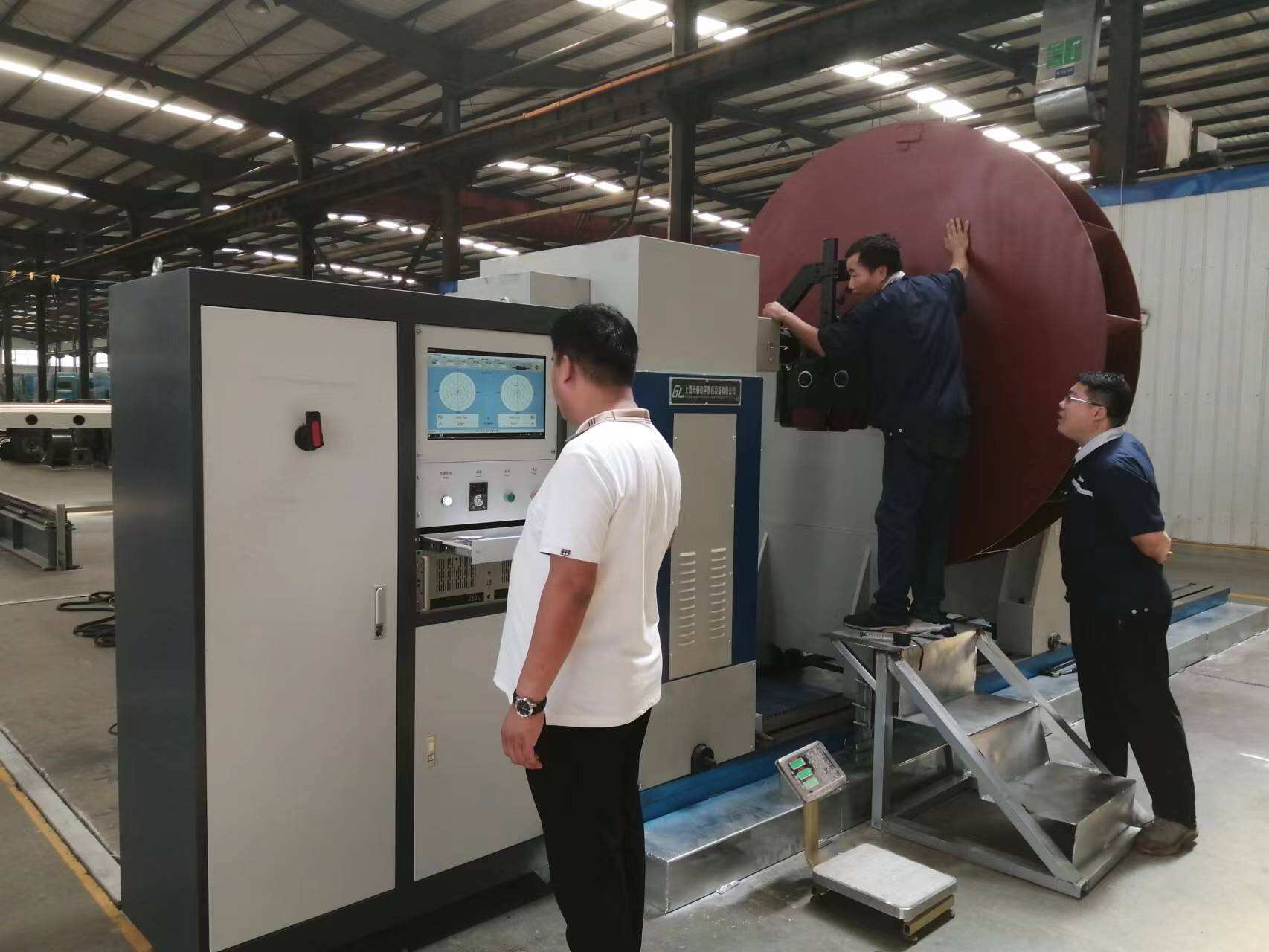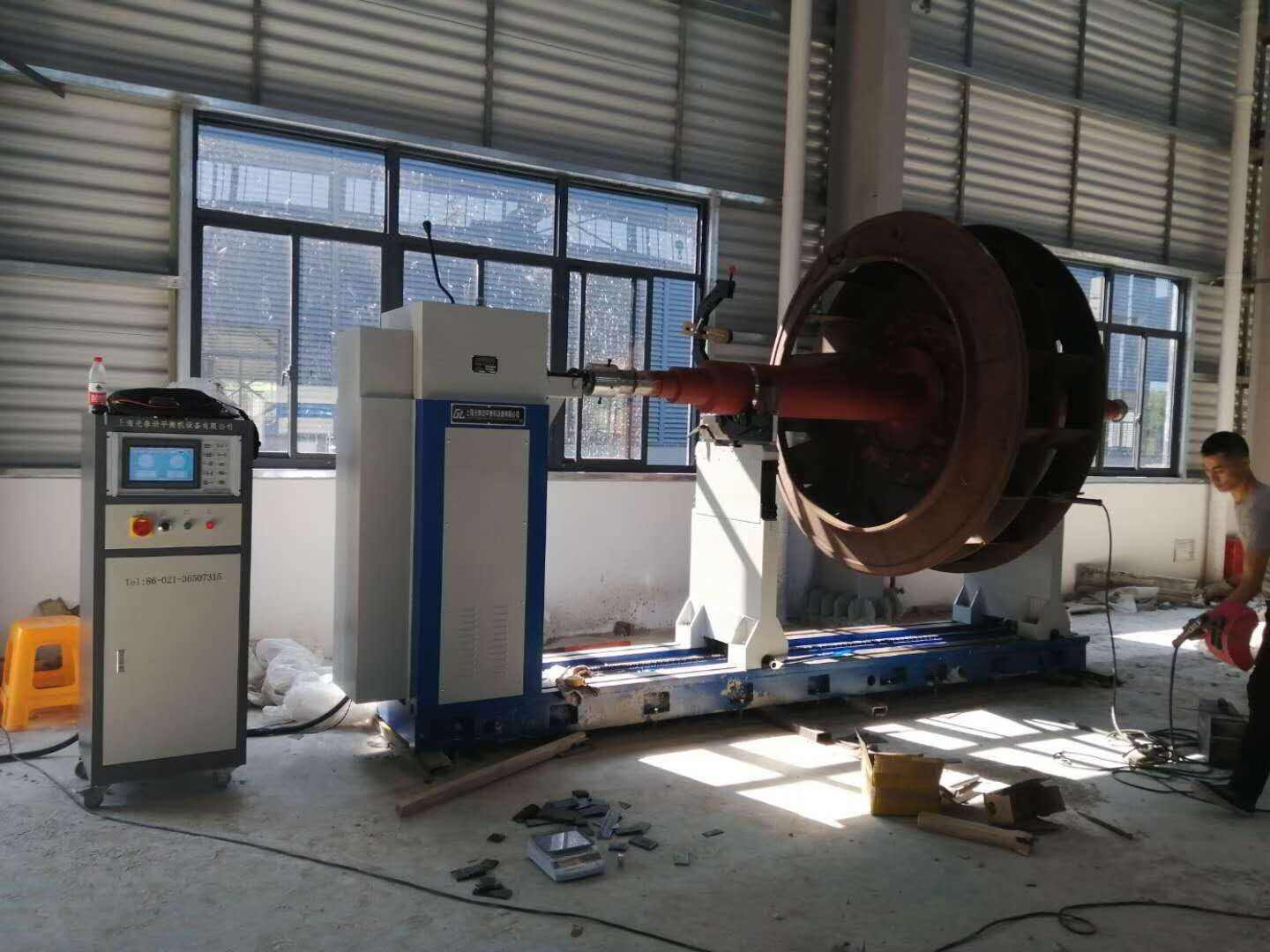վերակառուցված հավասարակշռման մեքենա
Ուղղահայաց կշռման մեքենան ճյուղավորված ճյուղային սարքավորում է, որը նախագծված է պտտվող բաղադրիչներում անհավասարակշռությունները չափելու և ուղղելու համար: Այս ճշգրիտ սարքը աշխատում է այն այնպես, որ աշխատանքային մասը տեղադրվում է ուղղահայաց դիրքով և պտտվում է որոշակի արագություններով՝ անհավասար քաշի բաշխումը հայտնաբերելու համար: Մեքենան օգտագործում է առաջադեմ զգայուն սենսորներ և թվային տեխնոլոգիաներ՝ թրիքերի լայնություններն ու ֆազային անկյունները չափելու և տրամադրելու համար իրական ժամանակում տվյալներ անհավասարակշռության տեղադրման և մեծության մասին: Ուղղահայաց կառուցվածքը հատկապես առավելագույնս օգտակար է որոշակի տեսակի ռոտորների համար, ներառյալ պոմպային անիվները, էլեկտրաշարժիչների արմատուրները և տուրբինային բաղադրիչները: Մեքենայի չափման համակարգը սովորաբար բաղկացած է պիեզոէլեկտրական սենսորներից, թվային սիգնալների մշակման սարքերից և համակարգչային կառավարման ինտերֆեյսից, որը ցուցադրում է մանրամասն վերլուծության արդյունքները: Ժամանակակից ուղղահայաց կշռման մեքենաները ներառում են ինքնաշխատ չափման ցիկլներ, դինամիկ ուղղման հաշվարկներ և հարմար ինտերֆեյսներ, որոնք պարզեցնում են կշռման գործընթացը: Այդ մեքենաները կարող են մշակել բաղադրիչներ փոքր ճշգրիտ մասերից մինչև մեծ արդյունաբերական ռոտորներ, մոդելների մի մասը կարող է մշակել մի քանի տոննա քաշով աշխատանքային մասեր: Կշռման գործընթացը ապահովում է, որ պտտվող բաղադրիչները աշխատեն հարթ, նվազեցնելով առանցքակալների մաշվածությունը, նվազագույնի հասցնելով ձայնը և երկարացնելով սարքավորումների կյանքը: Այս տեխնոլոգիան անհրաժեշտ է ավտոմոբիլային արտադրության, տիեզերական, էլեկտրաէներգիայի արտադրման և ճշգրիտ ճյուղային ճյուղերում:


